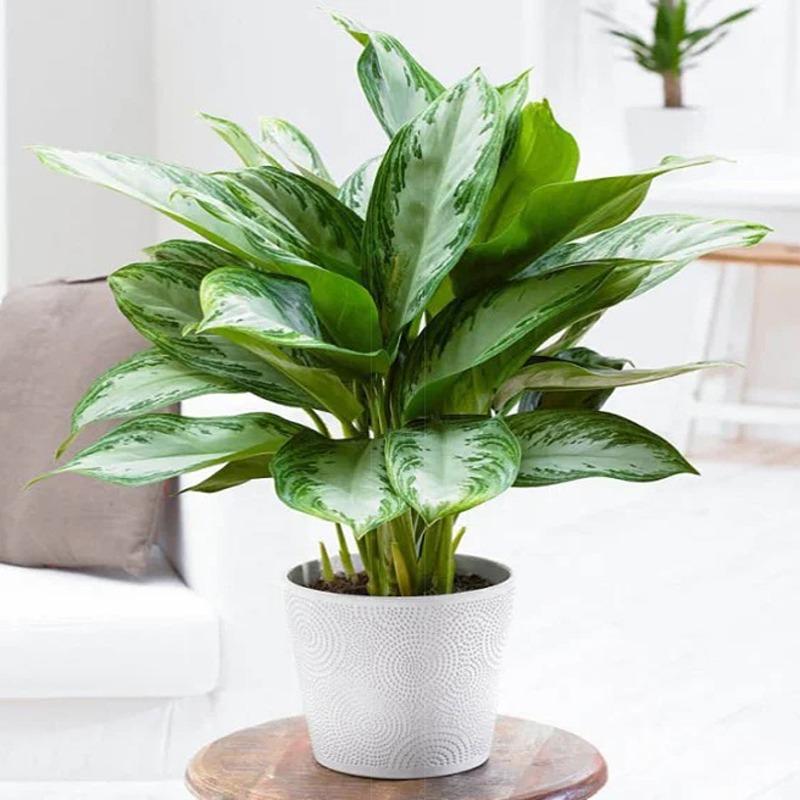The Best Ways to Do Indoor Gardening with Indoor Plants

Indoor gardening is a fantastic way to bring nature inside your home, improving air quality, boosting mental well-being, and enhancing your living space's aesthetics. Whether you're a beginner or an experienced plant enthusiast, understanding the fundamentals of indoor gardening is key to ensuring your plants thrive. In this guide, we'll explore the best ways to develop and maintain an indoor garden successfully.
Choosing the Right Indoor Plants
Selecting the right plants is crucial for indoor gardening success. Consider the following factors:
Best Low-Maintenance Indoor Plants for Beginners:
Pothos: Thrives in low light and requires minimal watering.
Snake Plant: Tolerant of neglect and purifies air efficiently.
Peace Lily: Adds beauty and requires moderate light.
Factors to Consider When Choosing Plants:
Light Requirements: Choose plants based on the available natural or artificial light.
Humidity Levels: Some plants thrive in humid conditions, while others prefer drier environments.
Pet Safety: Ensure plants are non-toxic if you have pets at home.
Understanding Indoor Plant Care Essentials
To maintain healthy indoor plants, focus on these care fundamentals:
Light Requirements:
Identify whether your plants need low, medium, or bright light.
Position plants near windows or use grow lights for additional support.
Watering Tips:
Avoid overwatering; check soil moisture before watering.
Use well-draining pots to prevent root rot.
Watering frequency varies based on plant type and season.
Humidity and Temperature:
Keep humidity levels optimal with misting, pebble trays, or humidifiers.
Maintain indoor temperatures between 65-75°F (18-24°C) for most plants.
Choosing the Right Containers and Soil
The right container and soil can make a significant difference in plant health.
Pots with Drainage Holes: Prevent waterlogging and promote healthy root growth.
Soil Selection: Use specialized potting mixes suitable for specific plant types (e.g., cactus mix for succulents).
Repotting: Change pots when plants outgrow their containers to encourage continued growth.
Arranging Indoor Plants for Aesthetic Appeal
Enhance your indoor space with creative plant arrangements:
Hanging Planters: Perfect for trailing plants like pothos.
Shelving Displays: Utilize shelves to create vertical garden spaces.
Grouping Plants: Combine plants with similar care needs to simplify maintenance.
Fertilizing and Nutrient Management
Plants need nutrients to thrive, and fertilization is key.
Types of Fertilizers: Choose organic or synthetic options based on plant needs.
Feeding Schedule: Fertilize every 4-6 weeks during the growing season.
Signs of Nutrient Deficiency: Yellowing leaves, slow growth, and weak stems.
Common Indoor Gardening Problems and Solutions
Even experienced gardeners encounter challenges. Here are solutions to common issues:
Pests and Diseases:
Common pests include spider mites and aphids.
Use neem oil or insecticidal soap to combat infestations.
Yellowing Leaves:
Can be caused by overwatering, poor drainage, or nutrient deficiency.
Root Rot:
Prevent by ensuring proper drainage and avoiding excess water.
Indoor Gardening DIY Ideas
Enhance your indoor gardening experience with these DIY projects:
Mini Herb Garden: Grow herbs like basil, mint, and rosemary in your kitchen.
DIY Terrariums: Create beautiful glass-enclosed gardens for small spaces.
Self-Watering Planters: Ideal for frequent travelers or busy individuals.
Sustainable Indoor Gardening Practices
Go green by adopting eco-friendly gardening practices:
Composting: Use kitchen scraps to enrich soil.
Recycling Containers: Repurpose old jars and containers as plant pots.
Propagation: Grow new plants from cuttings to expand your collection.
Seasonal Care for Indoor Plants
Different seasons require adjustments in plant care routines:
Winter: Reduce watering, provide additional light, and protect plants from cold drafts.
Summer: Increase watering, avoid direct sunlight, and monitor humidity levels.
Spring/Fall: Ideal times for repotting and fertilizing.
Tools and Resources for Indoor Gardening
Equip yourself with the right tools and knowledge for successful gardening:
Essential Tools: Pruners, watering cans, misting bottles, and soil moisture meters.
Helpful Apps: Use plant care apps like "Plants" or "Garden Tags" for reminders and tips.
Online Communities: Join gardening forums or social media groups for inspiration and advice.
Conclusion
Indoor gardening Plants is an enjoyable and rewarding activity that adds beauty and freshness to your home. By selecting the right plants, providing proper care, and arranging them thoughtfully, you can create a thriving indoor oasis. Start small, experiment, and enjoy the journey of nurturing your indoor garden.

Comments